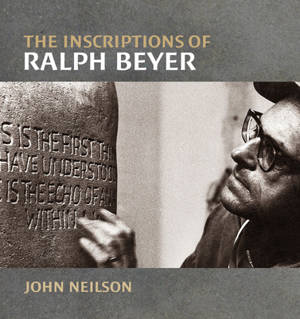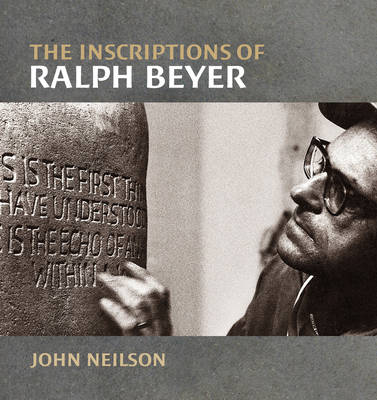
- Afhalen na 1 uur in een winkel met voorraad
- Gratis thuislevering in België vanaf € 30
- Ruim aanbod met 7 miljoen producten
- Afhalen na 1 uur in een winkel met voorraad
- Gratis thuislevering in België vanaf € 30
- Ruim aanbod met 7 miljoen producten
Zoeken
Omschrijving
Ralph Beyer (1921-2008), exiled at the age of sixteen from Nazi Germany, made his home and career in Britain. He was a carver of stone inscriptions, best known for his huge 'Tablets of the Word' in Basil Spence's Coventry Cathedral. These broke the mould of classical formality associated with British lettercarving after Eric Gill--their irregularity and roughness offending conventional notions of 'correctness.' In fact, Beyer had spent a few formative months in Gill's workshop, but his own unique voice owed as much to his childhood in Weimar Germany and his father's wide interests, which ranged from Modernist architecture to 'primitive' art. In Britain, Beyer came to know Henry Moore and Nikolaus Pevsner, and was influenced by the artist and poet David Jones. He thus straddles both German and British traditions in lettering as well as the wider art world. This book, profusely illustrated, charts Beyer's increasing sensitivity to words and their realisation in stone. It places his inscriptions, and to a lesser extent his typeface design and sculpture, in context, in the process raising questions about hand lettering itself and what place the making of stone inscriptions may have.
Specificaties
Betrokkenen
- Auteur(s):
- Uitgeverij:
Inhoud
- Aantal bladzijden:
- 176
- Taal:
- Engels
Eigenschappen
- Productcode (EAN):
- 9781848224759
- Verschijningsdatum:
- 3/05/2021
- Uitvoering:
- Paperback
- Formaat:
- Trade paperback (VS)
- Afmetingen:
- 235 mm x 248 mm
- Gewicht:
- 680 g

Alleen bij Standaard Boekhandel
+ 55 punten op je klantenkaart van Standaard Boekhandel
Beoordelingen
We publiceren alleen reviews die voldoen aan de voorwaarden voor reviews. Bekijk onze voorwaarden voor reviews.











